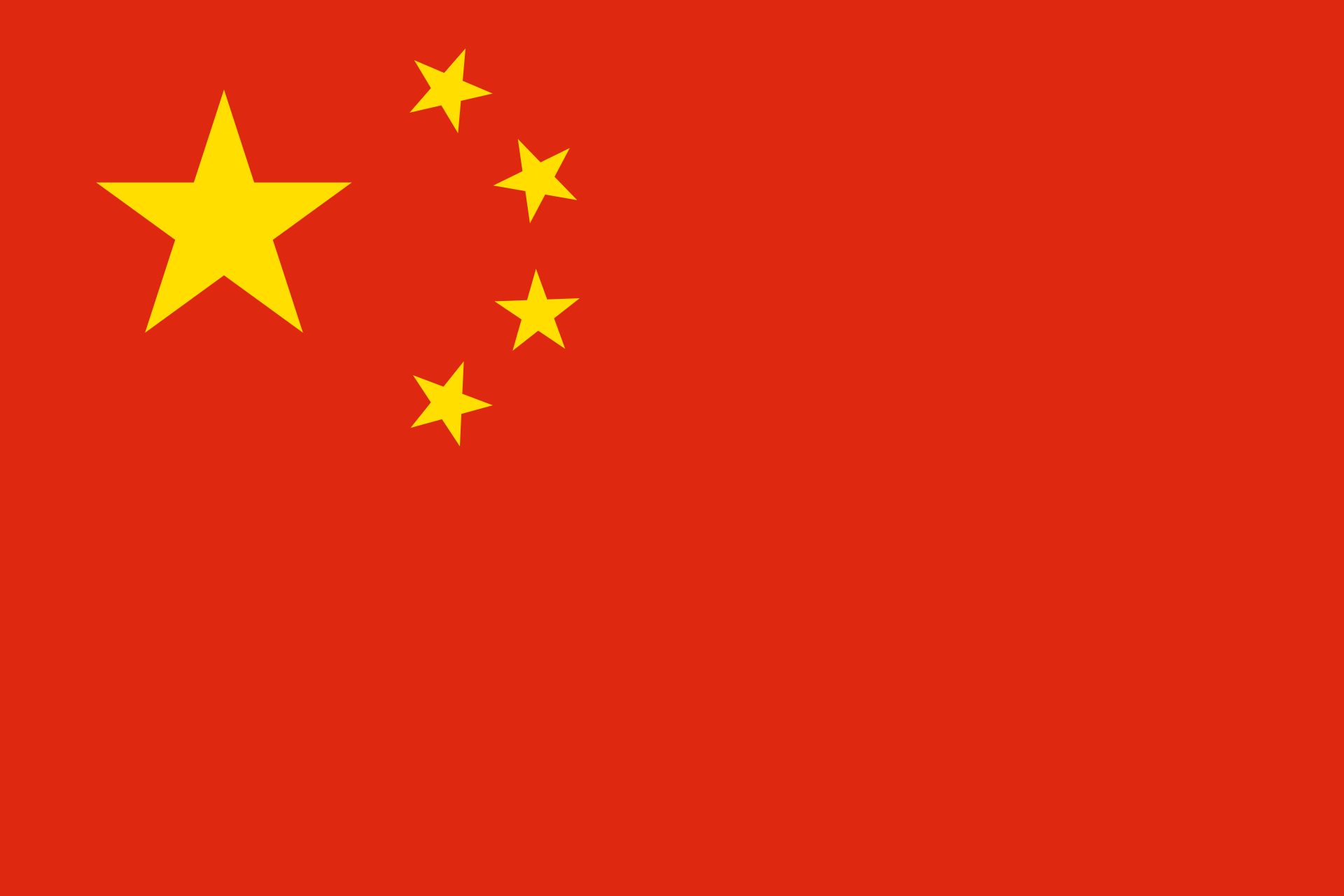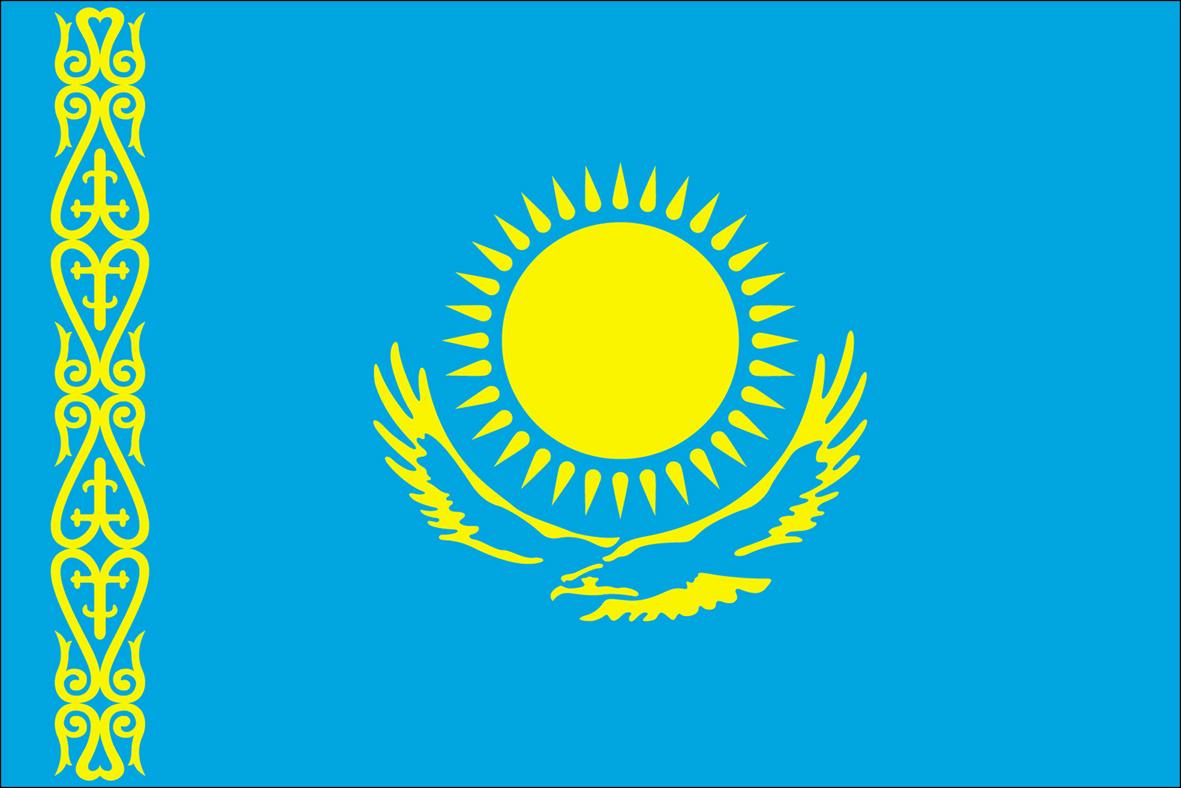During the last 1,000 years, the vast and highly diverse area that stretches from the Mediterranean across to Sind in Pakistan has been an extraordinary melting pot of cultural and aesthetic diversity. Islam embraced this diversity and translated it into cultural dialogues, which the development of the silk routes facilitated.
The middle decades of the 16th century saw the revival of the spice trade routes through the Red Sea and the Gulf. It was also a time that Portugal built up its eastern empire with considerable speed, using their naval power to occupy strategic points and gain control of the Indian Ocean. Portugal was able to monopolise the stream of merchandise from Asia by blockading the entrance to the Red Sea and the Gulf and diverting supplies via the Cape of Good instead of via the Mediterranean.
It is well known that an evolved network of trade routes criss-crossed pre-Islamic Anatolia in the Seljuk era (11th -13th century AD), running from North to South, and from the Aegean towards the Far East. However, less is known about where travellers stayed and in what conditions. During the 12th century, leaders in the region invested in making the transport of merchandise and people as safe as possible and built approximately 30 caravanserais (also known as Khans or Ribats) in Anatolia before 1243.
In the 16th and 17th centuries, the city of Izmir played an important role in the as an international port, especially after its revival as a trading centre after Ottoman-Iran war of 1615-18, when it surpassed Aleppo in Syria. At this time, most silk came from Iran, but with supplies being disrupted by warring states, Izmir also offered was a more secure with the Ottamans investing in the port to make it an attractive proposition for traders.
For centuries, Chinese culture had a profound influence on the Turkish art creating a kind of cultural synthesis. Relations between China and Turkey were particularly strong after the defeat of the Monguls in the mid-8th century AD, culminating in a peak in the 13th century AD. This era coincided with the Ming dynasty in China and as a consequence, Chinese-influenced motifs and colours the from artworks appeared more and more on Anatolian Turkish art, both explicitly and subtly, with a range of styles, materials and objects.
Jewellery forms an integral part of Silk Road culture. Even marauding crusaders were seduced by the lure of and the quantity of jewellery not to mention silks, spices and perfumes that travelled along the various silk routes via the central Asian region, including Tibet, North India, Nepal, Bhutan and Myanmar, which became both a massive crossroads and meeting point. As the number of caravans transporting goods increased, so too did the amount of silk, precious stones, jewellery and other precious objects pouring into the region.
The cultural history of most countries in South and Southeast Asia was closely linked to trade and trade routes at some point. Evidence also indicates that many communities engaged in commercial activities from prehistoric times. Around the beginning of the Christian era, a great expansion of international trade occurred, which was due to the demand for exotic and luxury goods from both Rome and China.
From earliest times, materials that were rare or non-existent were imported in Mesopotamia. This exchange of goods was facilitated by the creation of several trade routes; two that ran from Turkey, passing through either Syria or Iran, the latter becoming known as the “Royal Road’.
While silk production is recorded from the 3rd century CE, it was from the early 700s CE that the Caliphs and Walis invested in and developed Iraq’s industries, especially silk-making. The silk industry came to be almost state-owned to be protected from tyrannical aggression. When silk became the cloth of officials under the caliph, Sulayman bin Abd al-Malik (715-171 CE), this increased demand and production.
Iraq has been a celebrated centre of silk production since Assyrian times. The Iraqi cities, Basrah, Kufa, Anbar, Hira, Nu’maniya, Hazza and Mosul, are all famed for their silks. A key reason for this successful status was the number of Yemeni who settled in Iraq, who were famous for their craftsmanship in textiles. Over time other materials were woven with silk, including cotton and wool, to create new fabrics and garments.




